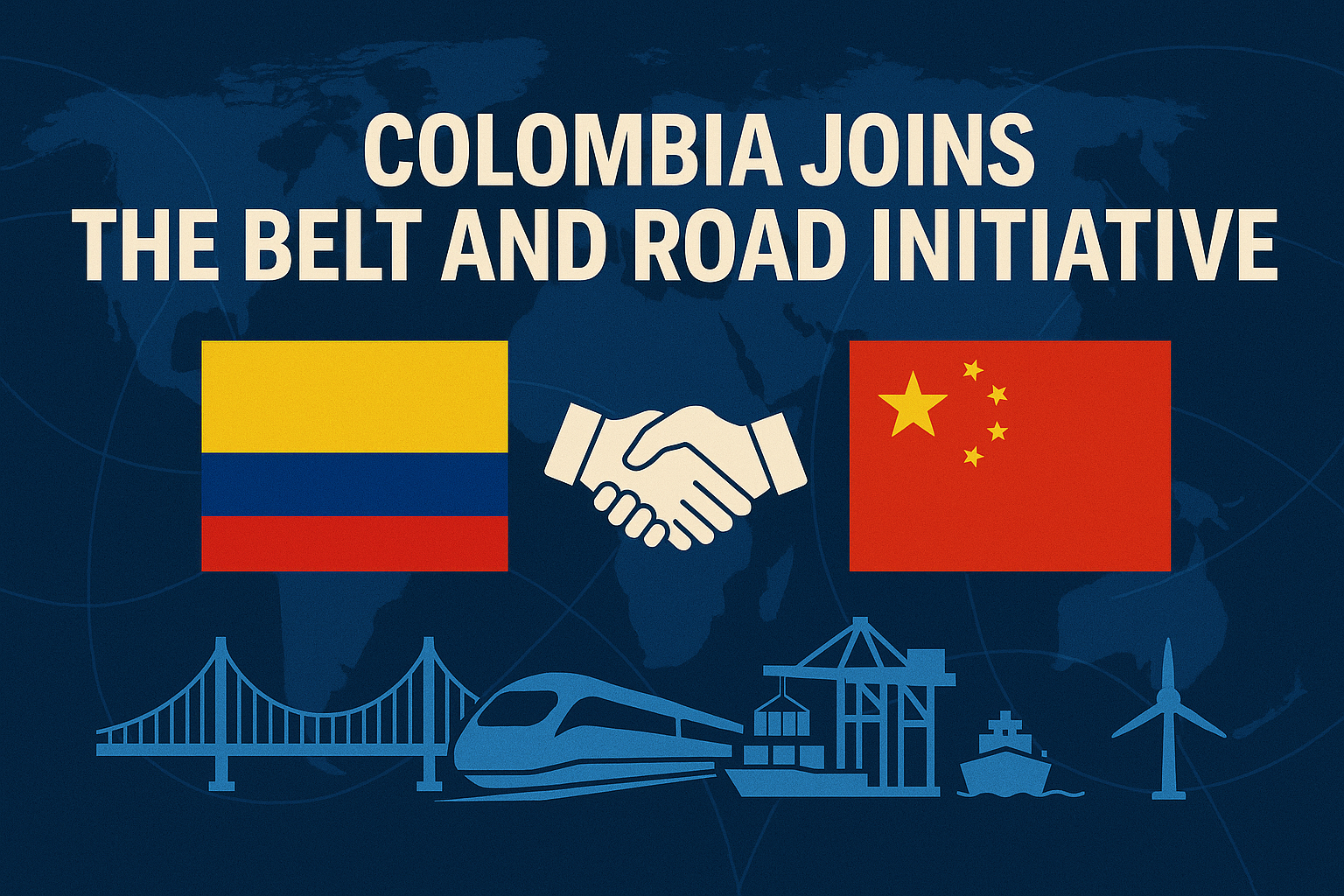The recent announcement of Colombia’s accession to the Belt and Road Initiative has revived the debate on Latin America’s role in the new global logistics order. With the signing of a non-binding memorandum of understanding with China, the South American country marks a milestone in its international insertion strategy and generates new expectations, and challenges, for the region’s logistics ecosystem.
Although it is not a formal agreement with legal obligations, this roadmap opens the door to cooperation projects in infrastructure, trade, technology, green economy and public health. From a logistics perspective, this translates into a potential strengthening of the country’s internal and external connectivity, with improvements in road, port and digital infrastructure that could have a ripple effect on regional cargo flows and intermodal trade routes.
Colombia is thus betting on an integration model that goes beyond traditional trade. The possibility of attracting investment for strategic works, incorporating state-of-the-art technology and expanding access to Asian markets poses a favorable scenario for logistical efficiency and the reduction of operating times and costs. However, the move is not free of questions. The proximity to China in a context of global geopolitical tensions could make traditional partners such as the United States uncomfortable, and the experience of other countries that have signed similar agreements makes it necessary to be alert to possible financial dependencies or undesired social impacts.
Therefore, the success of this accession will depend on the capacity of the Colombian State to manage the agreements with a long-term vision, guaranteeing transparency, sustainability and coherence with its own national development plan. And, above all, it will depend on the private sector, including logistics actors, to identify real opportunities, adapt to new demands and actively contribute to a smart implementation.
From our perspective as regional operators, we analyze that, in case of a considerable increase in trade between China and Colombia, this could affect the space on vessels to Ecuador, since it is the same vessel that covers the entire coast of South America. Therefore, due to this increase, the allocation to Ecuador could be reduced, generating an increase in tariffs.
Strategic alliances are no longer measured only in geographical terms, but also in technological, regulatory and operational terms. For our clients, this implies the need to anticipate: to understand new movements, diversify routes and suppliers, and seek competitive advantages in a region that is increasingly connected to the world, but also more demanding.


